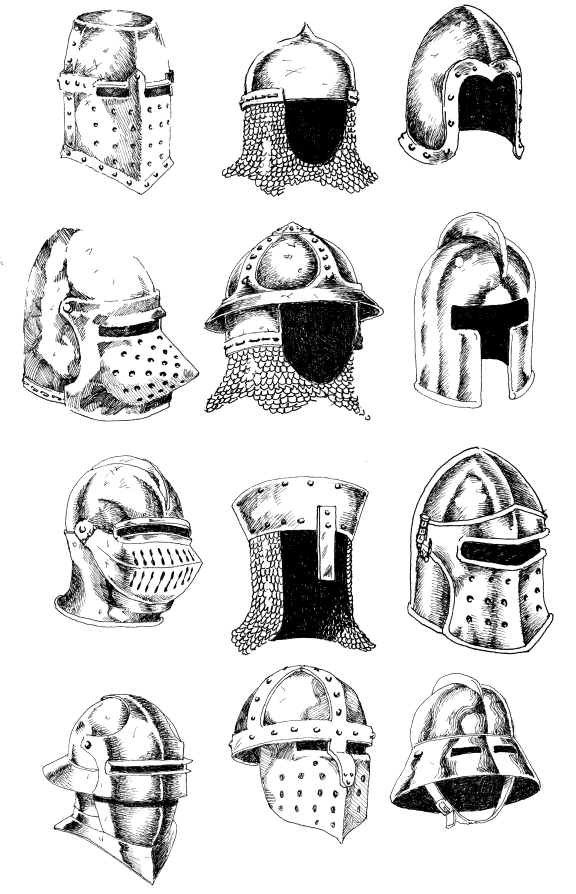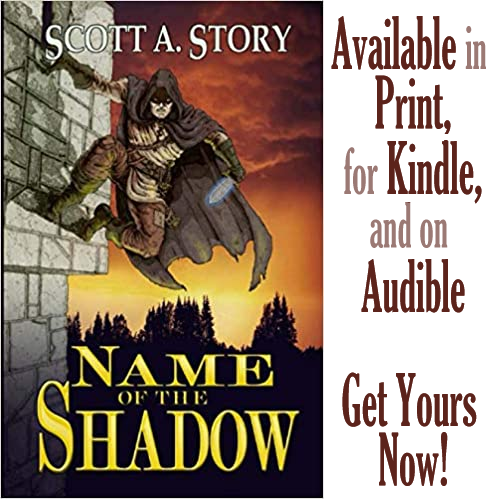World Building Formats
Formats
When I write up a country or state, these are the questions I ask myself. These questions are more aimed at me as a writer than for specific game use. For example, I have no need of specific population levels, because for fiction it is enough to know that an area is heavily inhabited, unihabited, or whatever the point-of-view general impressions will be. Nobody goes to a town and says “it feels like 12,000 people live here, with 24 inhabitants density per acre.” Instead, the general impression is more likely to be expressed in terms of busy, empty, crowded, sleepy, whatever.
Countries
Sovereignty
Military
Flavor, Fable, & Folklore
City or Town
City Wards/Neighborhoods
- Ward NameDynastic Family
- Called/NicknamesClerical Orders
Saint
Dynastic Weapon
Dynasts
Note
Regnal name is adopted when crowned. Morganatic Name—Civilian name used for non-state purposes Morganitic Families—Unequal marriage where one spouse is civilian, and the children are not in line to inherit but still are considered legitimate Mistress—Varies culture by culture, but the children are illegitimate. May be a formal arrangement, or unnofficial. Illegitimate Children can be unrecognized, and have no rights, or be recognized and raised with some rights and recognition. A FitzRoy would be the illigitimate son of a king, and could even hold important offices, but he would not be in a position to inherit.











This is brilliant, thank you so much for sharing! (Also, I love your cover art!)
You're welcome on the information, and thanks about the art!